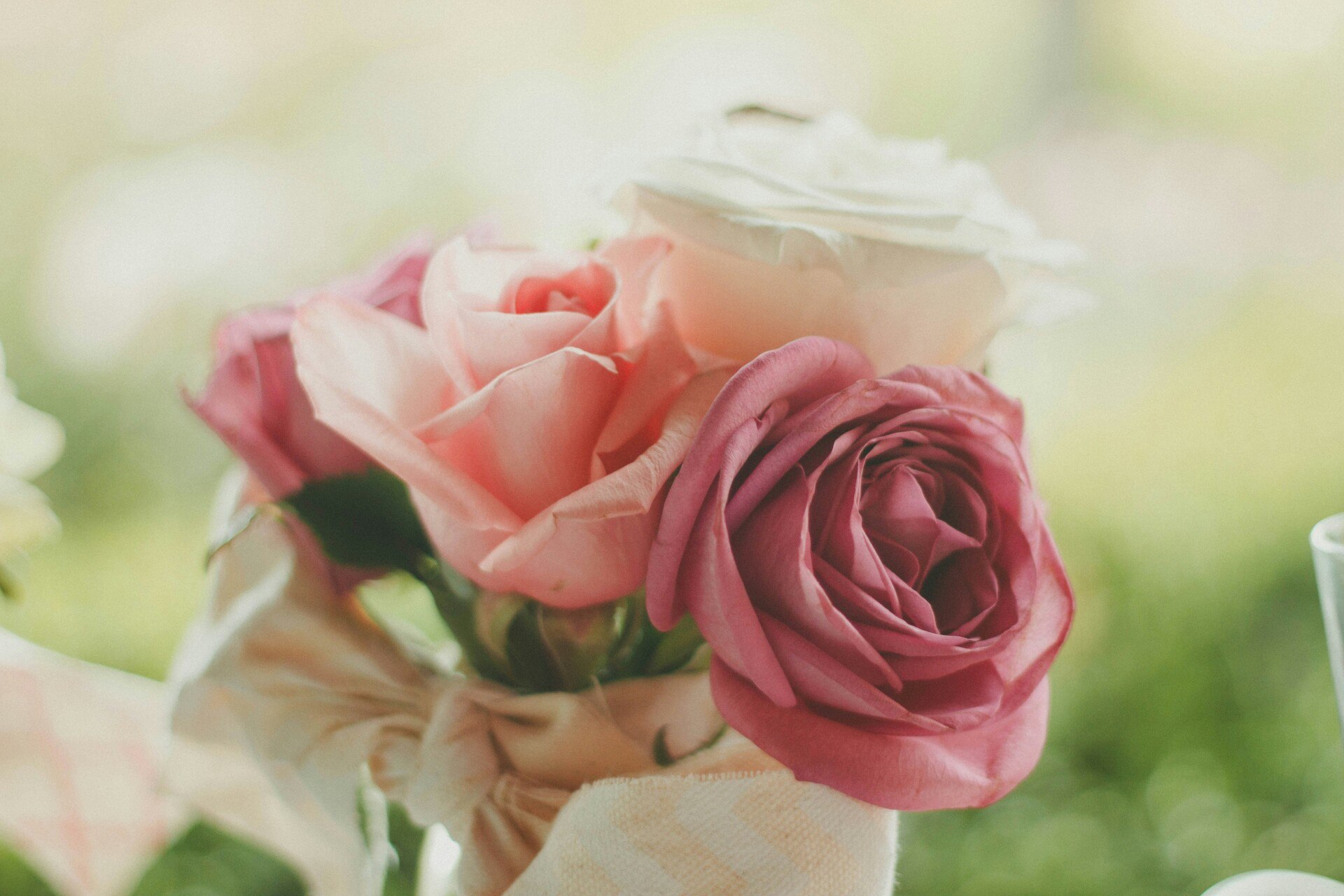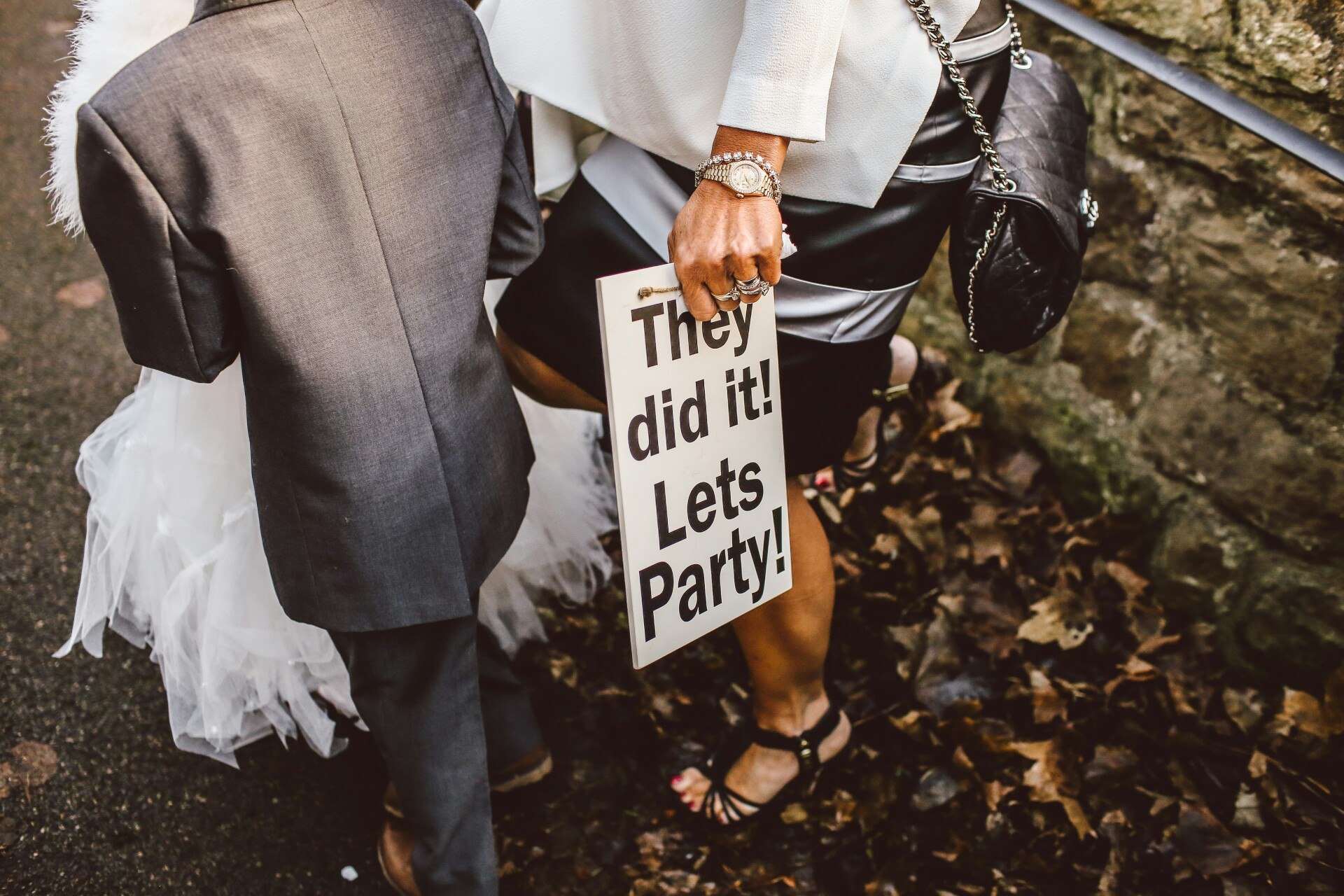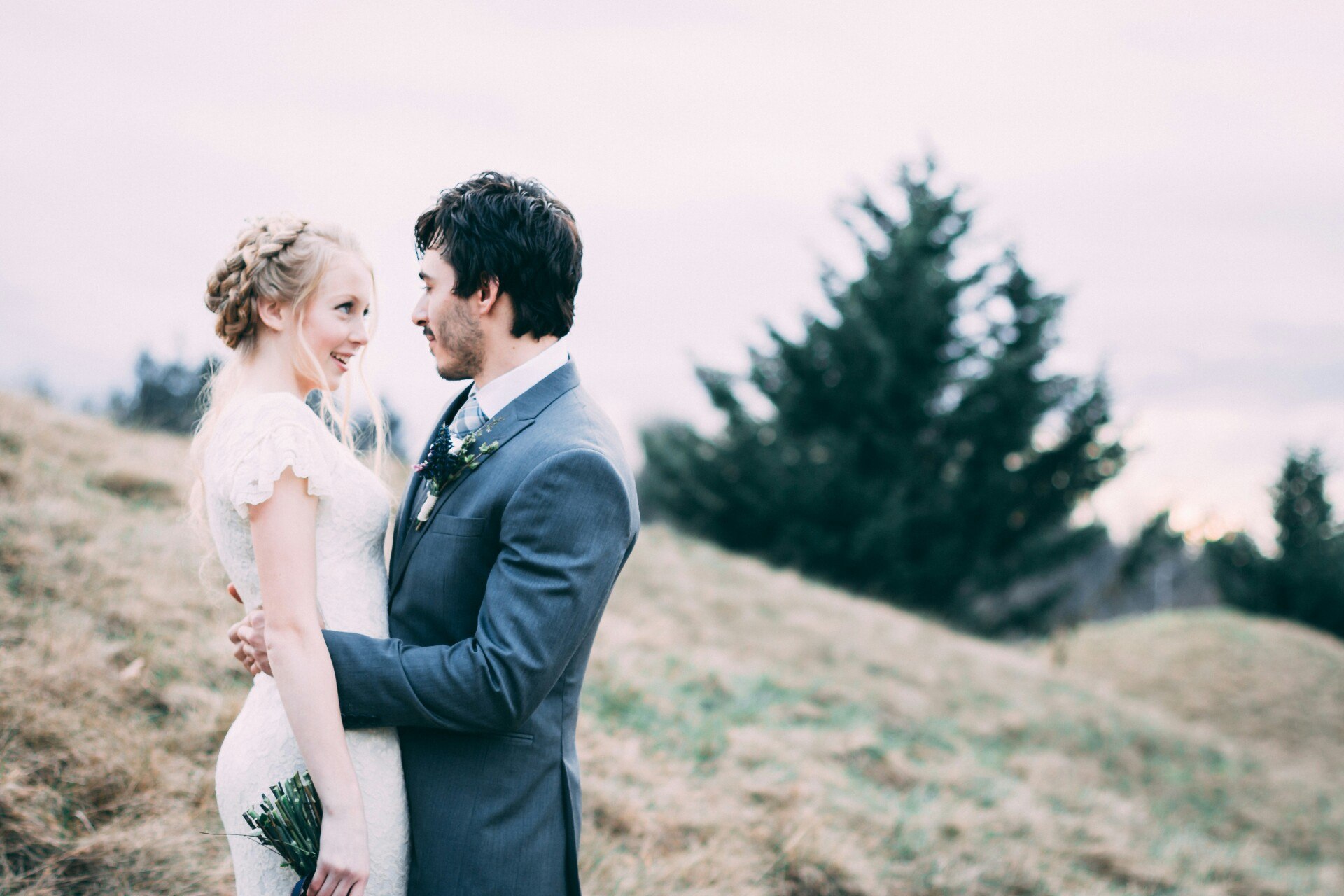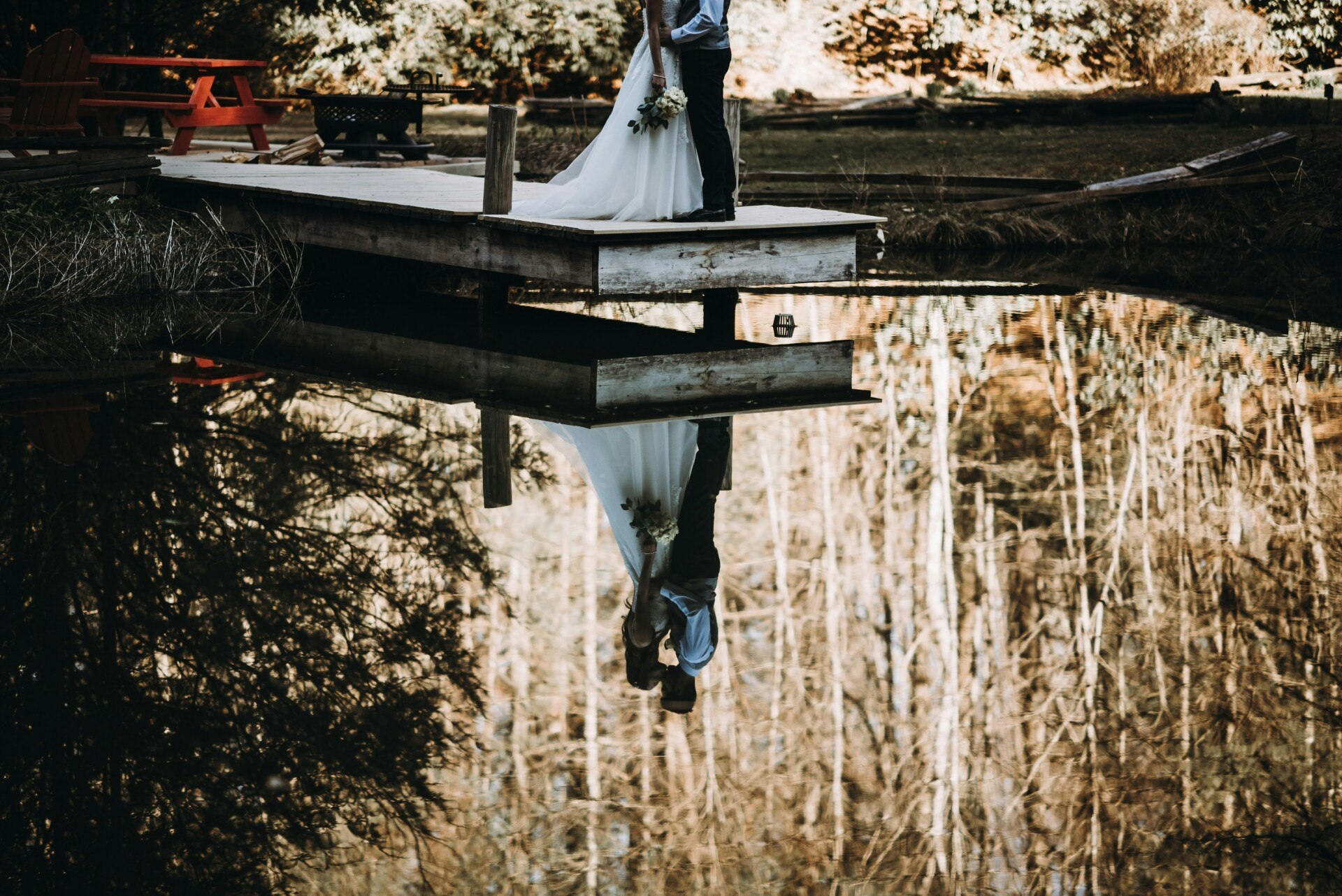Planning a wedding is an exciting journey, filled with countless decisions that shape your special day. Among these choices, selecting the perfect flowers stands out as a vital element that adds beauty, fragrance, and a personal touch to your celebration. Understanding seasonal wedding flowers is key to ensuring that your floral arrangements are both stunning and sustainable. Each season offers a unique palette of blooms, allowing you to create a cohesive and harmonious aesthetic for your wedding. Whether you’re a bride dreaming of springtime elegance, a woman envisioning a summer garden affair, or a groom aiming for autumnal warmth, choosing bridal flowers that reflect the time of year can elevate your entire wedding experience.
In this guide, I’ll walk you through the best flowers for weddings throughout the year, helping you navigate the vibrant world of seasonal bouquets and floral designs. From vibrant summer lilies to romantic winter roses, we’ll explore a variety of options that not only look gorgeous but also align with your wedding floral planning needs. By the end of this article, you’ll have a comprehensive bride flower guide that simplifies your wedding flower selection process, ensuring that your bouquets and centerpieces are as memorable as your love story.
Seasonal Wedding Flowers: Embracing Nature’s Best
Choosing seasonal wedding flowers ensures that your arrangements are fresh, affordable, and environmentally friendly. Seasonal wedding flowers are those that naturally thrive during a specific time of the year, making them more accessible and less costly. By selecting wedding flowers by season, you can enjoy vibrant, high-quality blooms that don’t require extensive transportation or greenhouse cultivation. This approach not only supports local growers but also reduces your wedding’s ecological footprint.
For instance, spring brings an array of delicate blossoms like tulips and peonies, perfect for creating romantic and soft floral designs. In contrast, summer offers bold and vibrant flowers such as sunflowers and dahlias, ideal for lively and colorful displays. Autumn introduces rich hues with chrysanthemums and marigolds, adding warmth and depth to your arrangements. Winter, though limited, still provides elegant options like amaryllis and poinsettias, which can create a stunning contrast against the season’s muted tones.
By aligning your wedding floral planning with the seasons, you can create a cohesive and visually appealing theme that resonates with the time of year. This strategy not only enhances the beauty of your wedding but also ensures that your flowers are in peak condition, providing longevity and freshness throughout your celebration.
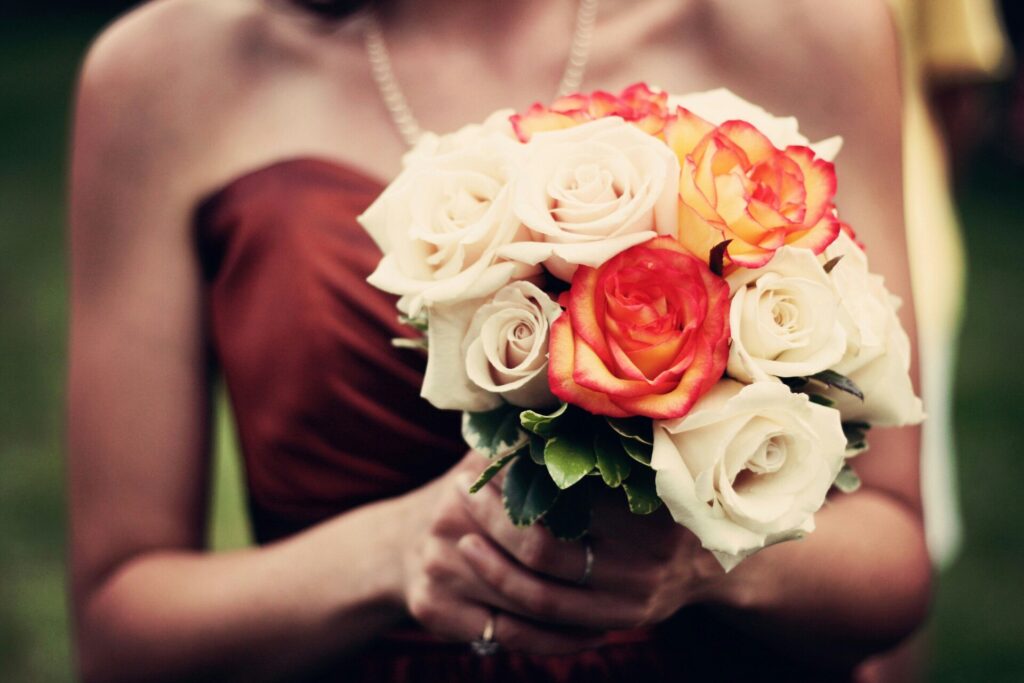
Bridal Flower Guide: Choosing the Perfect Bouquet
A bridal flower guide can simplify the process of selecting the perfect bouquet by providing clear and practical advice tailored to your needs. Here’s a step-by-step approach to help you choose the ideal bouquet for your wedding:
- Determine Your Style: Identify whether you prefer a traditional, modern, rustic, or bohemian look. Your style preference will influence the types of flowers and arrangements you choose.
- Consider Your Dress: Think about how your bouquet will complement your wedding dress. For instance, a detailed gown pairs well with a simpler bouquet, while a minimalist dress can be enhanced with a more elaborate arrangement.
- Choose Seasonal Blooms: Select flowers that are in season to ensure freshness, affordability, and availability. Refer to seasonal wedding flowers lists to find the best options for your wedding date.
- Pick a Color Scheme: Decide on the colors that will tie your bouquet to your overall wedding palette. This ensures that your flowers harmonize with your venue, décor, and attire.
- Size and Shape: Choose a bouquet size and shape that suits your physique and the level of formality of your wedding. Smaller bouquets are ideal for intimate settings, while larger ones make a bold statement.
By following this bridal flower guide, you can create a bouquet that not only looks beautiful but also feels personal and authentic to your unique style and love story.
Choosing Bridal Flowers: Tailoring to Your Love Story
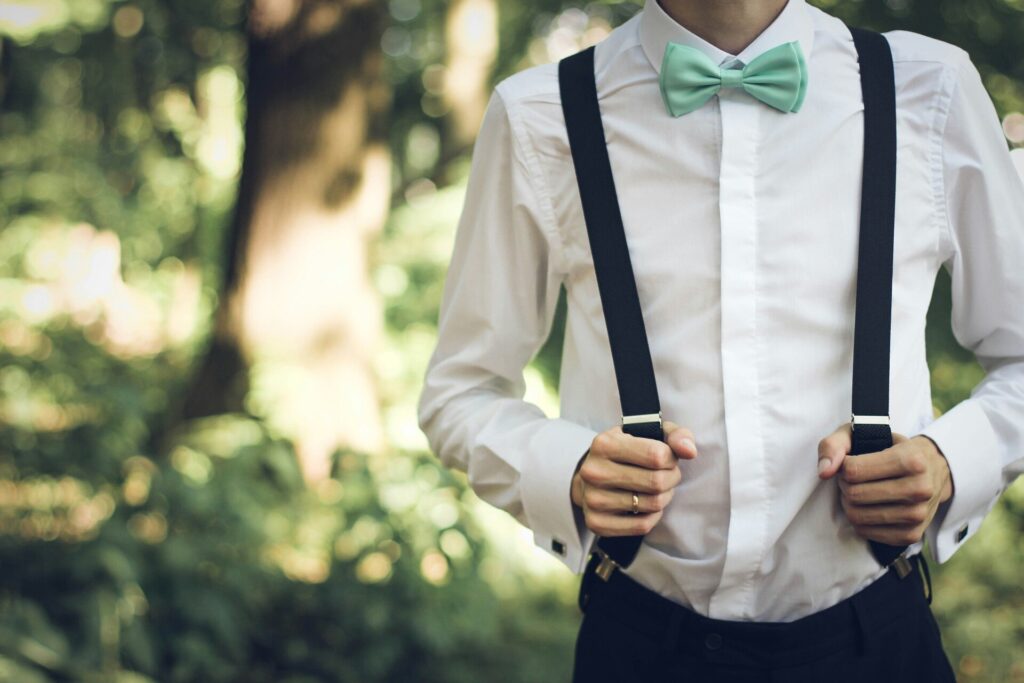
Choosing bridal flowers is a deeply personal process that reflects your unique love story and individual style. The best flowers for weddings are those that resonate with your personality and the overall theme of your wedding. Whether you envision a classic, modern, rustic, or bohemian setting, there are plenty of options to suit your vision.
Start by considering the colors that hold special meaning for you and your partner. Floral designs by season can guide your palette choices, ensuring that your flowers complement the natural backdrop of your wedding setting. For example, if you’re having a coastal summer wedding, consider incorporating soft pastels and ocean-inspired blooms like hydrangeas and orchids. For a fall celebration in a woodland venue, rich tones and hardy flowers like dahlias and asters can enhance the natural scenery.
Think about the symbolism of different flowers. Roses, for example, are timeless symbols of love and romance, while peonies represent prosperity and good fortune. Integrating flowers that carry personal significance can add an extra layer of meaning to your wedding bouquets and centerpieces. Choosing bridal flowers is about creating a visual narrative that tells your story. By selecting flowers that align with your personal tastes and the seasonal offerings, you can design a floral arrangement that is both beautiful and meaningful.
Best Flowers for Weddings: Timeless Choices and Modern Trends
The best flowers for weddings often combine timeless elegance with modern trends, offering versatile options that suit various styles and seasons. Classic blooms like roses, lilies, and hydrangeas remain perennial favorites due to their beauty and adaptability. These flowers can be styled in countless ways, making them ideal for both traditional and contemporary weddings.
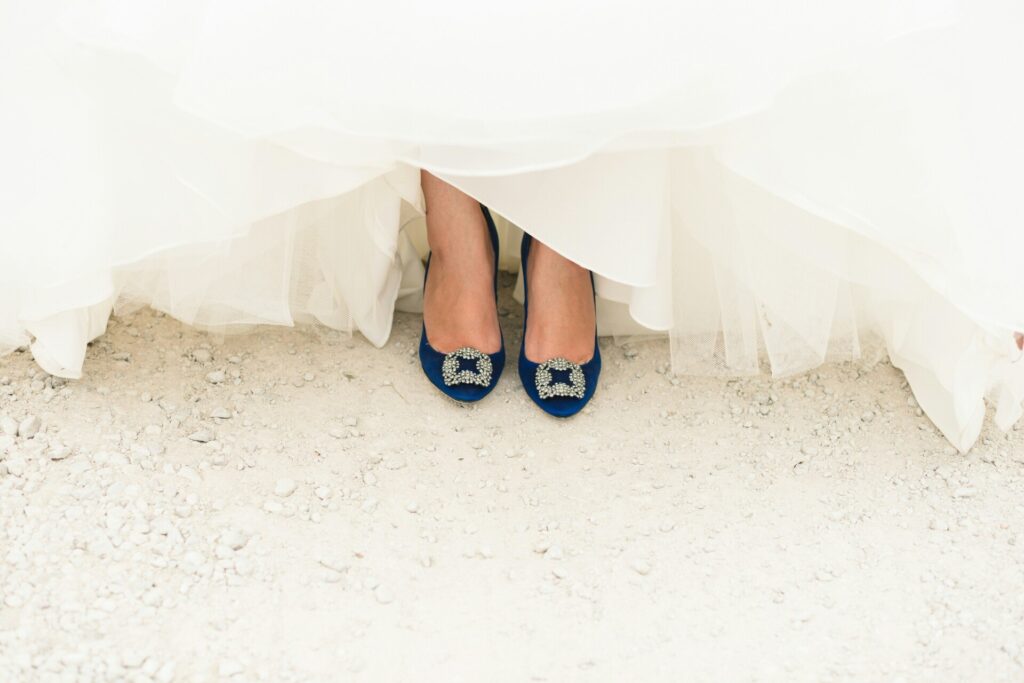
In recent years, there has been a shift towards incorporating wildflowers and locally sourced blooms into wedding floral arrangements. This trend not only supports local growers but also introduces a charming, naturalistic feel to your decor. Flowers such as baby’s breath, cornflowers, and lavender add a whimsical touch that blends seamlessly with outdoor and rustic settings. Unusual and exotic flowers are gaining popularity for their unique shapes and vibrant colors. Orchids, proteas, and anthuriums can make striking focal points in bouquets and centerpieces, adding an element of surprise and sophistication to your wedding floral design. When selecting the best flowers for weddings, consider a mix of classic and trendy options to create a dynamic and visually appealing arrangement. This approach allows you to honor traditional aesthetics while embracing contemporary styles, resulting in a memorable and personalized floral design.
Wedding Floral Planning: Coordinating with Your Overall Theme
Wedding floral planning involves more than just selecting beautiful blooms; it’s about creating a cohesive aesthetic that aligns with your overall wedding theme. To achieve this, start by identifying the key elements of your wedding décor, such as color scheme, venue, and style, and then choose flowers that complement these aspects.
Begin by establishing a color palette that reflects your vision. For example, a romantic pink and ivory theme can be enhanced with roses and peonies, while a bold red and white scheme might feature tulips and calla lilies. Once your color palette is set, select flowers that match and enhance these hues, ensuring that your arrangements are harmonious and well-coordinated.
Consider the venue’s natural surroundings when planning your floral arrangements. An outdoor garden wedding might benefit from lush, abundant blooms and greenery, while a modern indoor venue could be complemented by sleek, minimalist floral designs. Tailoring your flowers to the venue helps create a seamless and visually appealing environment for your guests.
Additionally, think about the different elements of your wedding—bouquets, centerpieces, aisle decorations, and boutonnières—and ensure that each incorporates the chosen flowers in a consistent and balanced manner. By carefully planning your wedding floral design to align with your theme, you can create a unified and stunning visual experience that enhances the overall atmosphere of your special day.
Seasonal Bouquet Ideas: Crafting the Perfect Bride’s Bouquet
Your bridal bouquet is a focal point of your wedding attire, reflecting your personal style and the season of your celebration. Seasonal bouquet ideas can inspire you to create a stunning arrangement that complements both your dress and the surrounding décor. Here are some tailored suggestions for each season:
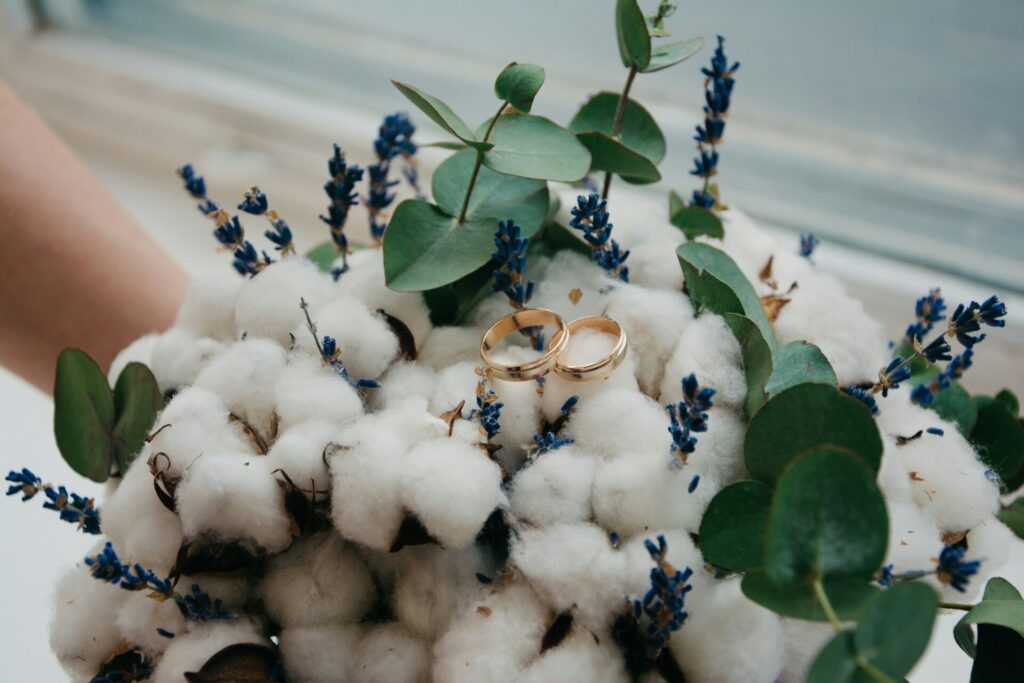
- Spring: Embrace the freshness of spring with a bouquet featuring tulips, peonies, and hyacinths. These blooms offer a delicate and romantic appearance, perfect for a bride seeking a soft and elegant look.
- Summer: Opt for vibrant and bold flowers like sunflowers, dahlias, and orchids. These choices add a lively and colorful touch, ideal for summer celebrations filled with energy and sunshine.
- Autumn: Incorporate rich, warm-toned flowers such as chrysanthemums, marigolds, and dahlias. These blooms bring depth and warmth, enhancing the cozy and intimate vibe of an autumn wedding.
- Winter: Select elegant and striking flowers like amaryllis, poinsettias, and ranunculus. These blooms provide a sophisticated contrast against the winter landscape, adding a touch of glamour to your bouquet.
When designing your bouquet, consider adding seasonal greenery and accents to enhance the overall look. Incorporating elements like eucalyptus in summer or evergreens in winter can add texture and depth, making your bouquet truly unique and seasonally appropriate.

